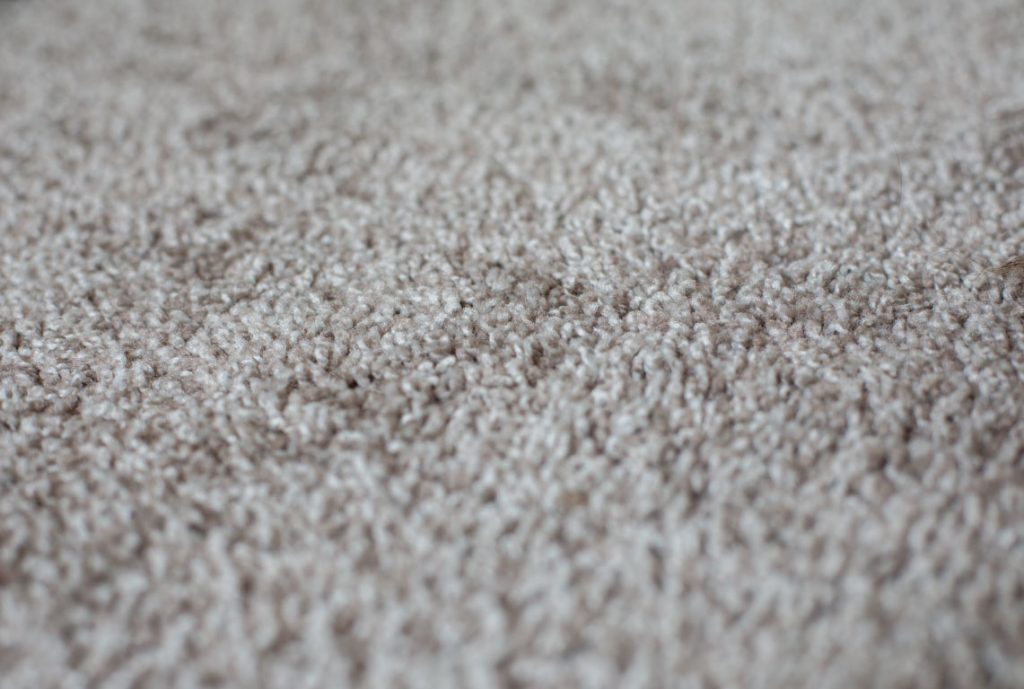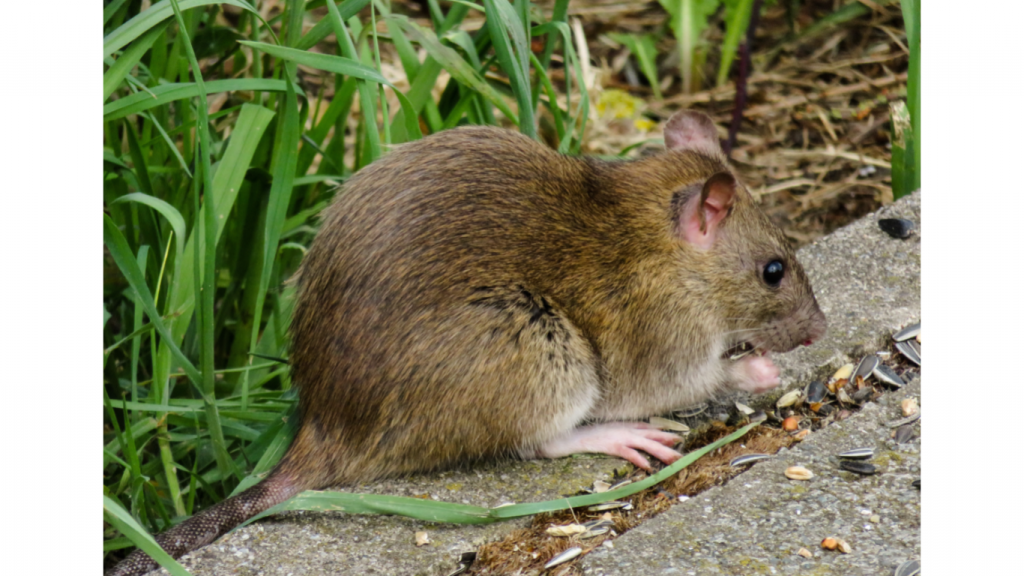Moth Pests

General Information
The majority of moths in the UK (approx 2,400 species) are harmless, however a few are seen as pests due to the damage their larvae cause to materials, textiles and stored products. Unlike other pests, moths pose you no health risks. Once inside your home or business, moths can severely damage natural fibers in carpets, clothes, fabrics, fur and even leather. Moth caterpillars cause the damage by eating the protein (keratin) found in natural materials like wool, cotton and silk. This potentially puts your delicate items at particular risk of damage.
Clothes Moth
The female moths tend to make small jumps and walk along surfaces while the males fly in search of a mate. Moths only fly when it is warm and tend to hide from light, keeping in dark corners where they lay eggs on wool, feathers or skins. Not only do moths munch away holes, but they also leave their silken cases, silken threads and faecal pellets all over the surface or your garment, which in turn provides new food sources for the next batch. Damage to articles may consist of irregular surface feeding or holes eaten completely through the fabric. Synthetic fabrics such as polyester and rayon are rarely attacked unless blended with wool. Clothing and blankets in constant use are seldom damaged by clothes moths, nor are rugs that get a normal amount of traffic or are routinely vacuumed.
Average Lifecycle
Adult female moths can lay 100-400 eggs over their short life and these eggs are tiny, typically 0.5mm in length. The eggs hatch from between 4 and 10 days depending on temperature and humidity. The life cycle is completed most rapidly at average room temperature. They lay 100 to 150 eggs on the material which is to provide food for the larvae; they do not feed on fabrics themselves. The eggs hatch as clothes moth larvae – this is the destructive stage and clothes moth larvae can stay at this stage for up to 30 months (2 ½ years!) happily eating your clothing whilst waiting for the right conditions to turn into adult moths.
Quick Facts
Type: Insect
Diet: clothing and natural fibers; they have the ability to digest keratin protein in wool and silk
Lifespan: winged adults 3-16 days, larvae up to 2.5 years
Size: 1-1.5cm
Habitat: Near and around natural fabrics
Range: worldwide
Scientific name: Tineola bisselliella
When the temperatures are right and the larvae have reached the right size, they then start the pupation stage where they spin a cocoon in which they metamorphose into the adult moth. This remarkable natural process typically takes 8 to 10 days. You may find the debris from this stage in the form of used webbing cases from which the webbing clothes moth takes its common name. The final part of the life cycle occurs when the adult clothes moth measuring about 1-1.5cm emerges from the cocoon. Whilst relatively harmless in their own right, the presence of adult clothes moths signals a potential infestation should they be allowed to lay their numerous eggs. The female adult clothes moth tends to hop or crawl – it is the male that flies more often in search of a mate.
FUN FACTS
TREATMENT
CALL US NOW SO WE CAN BEGIN YOUR TREATMENT 0208 914 8285
PLACES OF OPERATION







